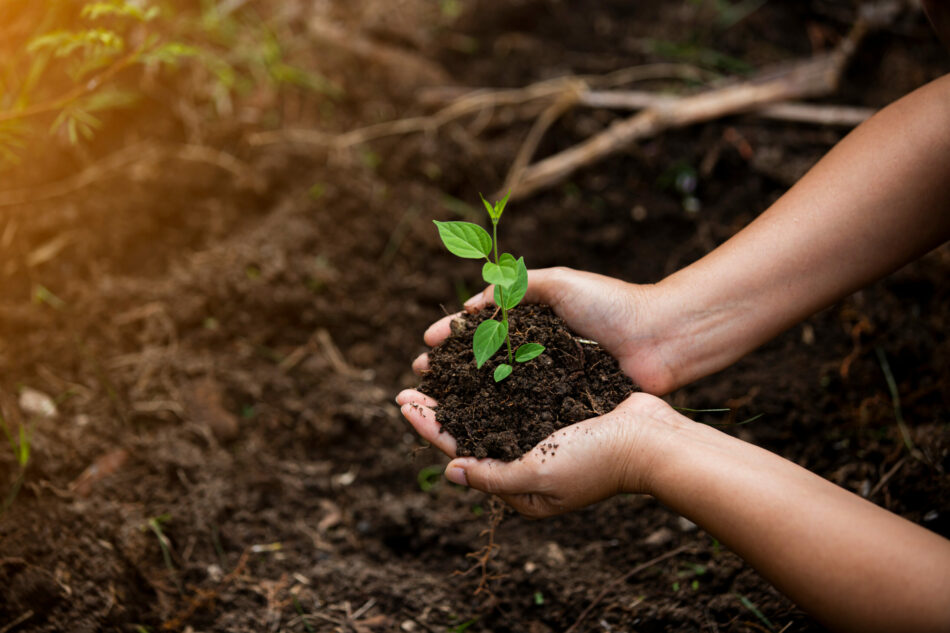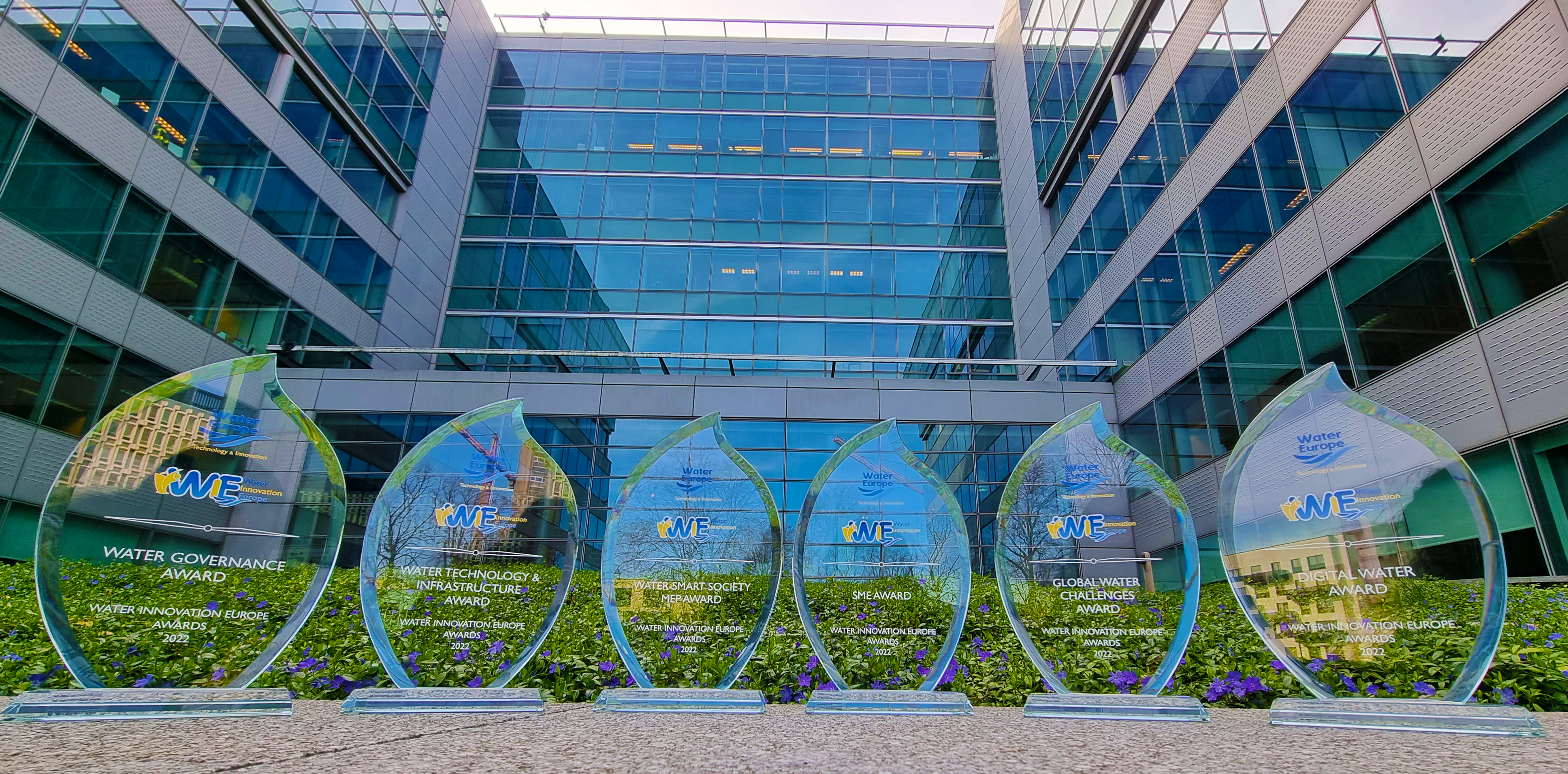The Food and Agriculture Organization of the United Nations (FAO) has recently launched two practical instruments designed to encourage soil organic carbon maintenance and sequestration, a key tool for climate action. “Healthy soils are crucial for sustainable agri-food systems” said the FAO Director-General QU Dongyu.
Carbon sequestration involves the removal of carbon dioxide from the atmosphere in the form of soil organic carbon (SOC), with the capture of CO2 in the soil seen as an effective way of reducing greenhouse gases. Because soil rich in carbon is also healthier and more fertile, it can benefit farmers while helping meet the targets of the Paris Agreement on climate change and the Sustainable Development Goals.
The two products unveiled today, part of the RECSOIL initiative, are a global map illustrating how much and where CO2 can be sequestered by soils, the GSOCseq, and a technical manual of good practices to sequester and maintain SOC stocks in soils.
“We must look for innovative ways to transform our agri-food systems to more efficient, inclusive, resilient and sustainable. Healthy soils are critical to achieving this,” FAO Director-General QU Dongyu told the opening session of the ninth Global Soil Partnership (GSP) Plenary Assembly. Learn more about the practical tools for recarbonizing global soils here.




